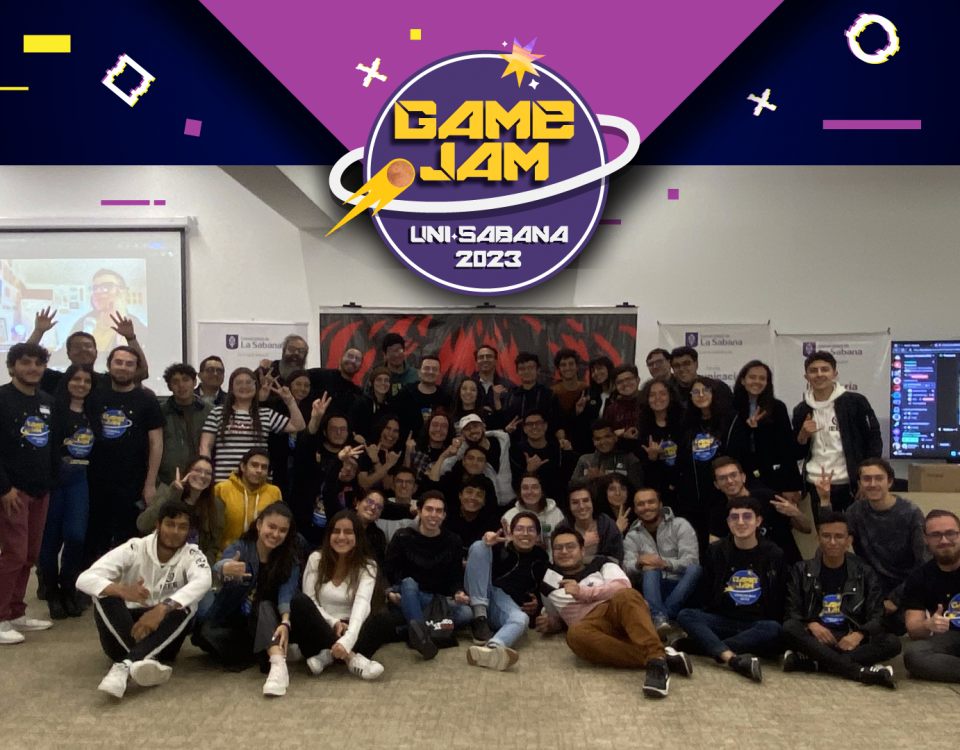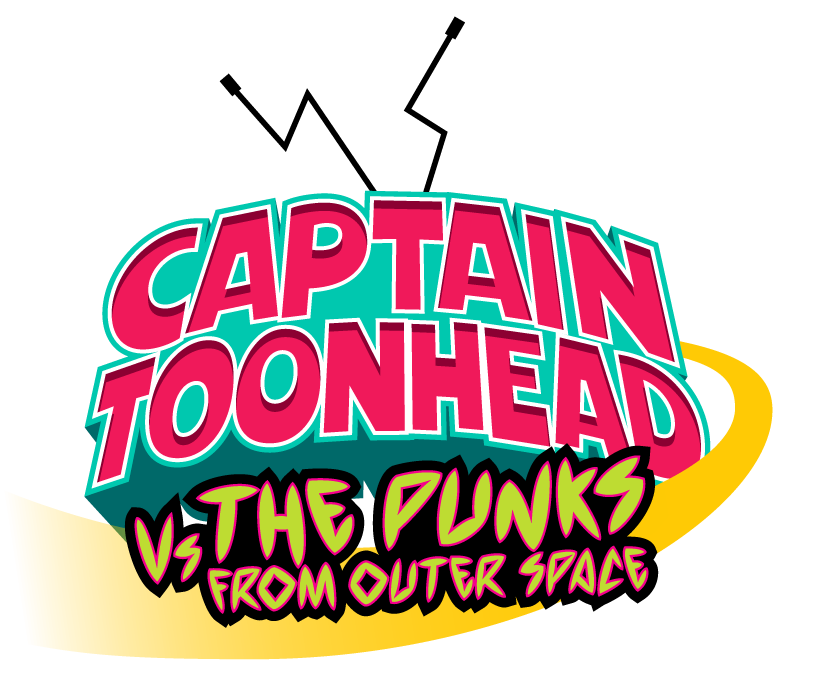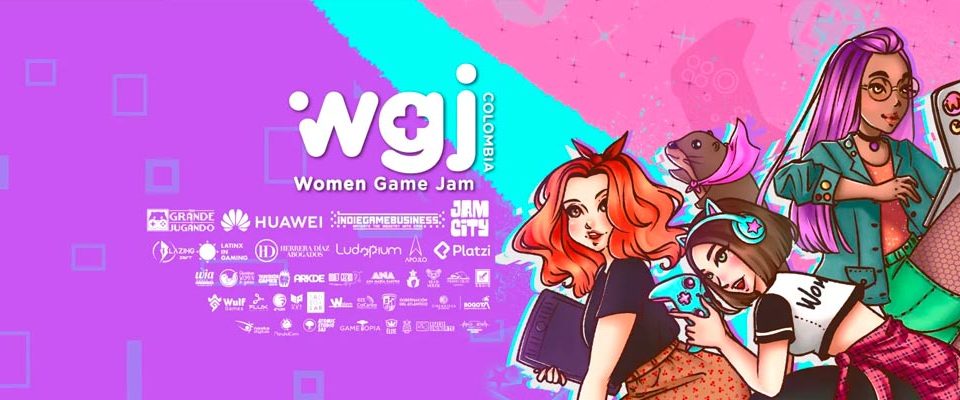The history and transformation of Teravision Games

What every game needs: a T-Rex with Machine guns!
February 22, 2017
What’s Teravision Games playing? (Winter 2020)
March 4, 2020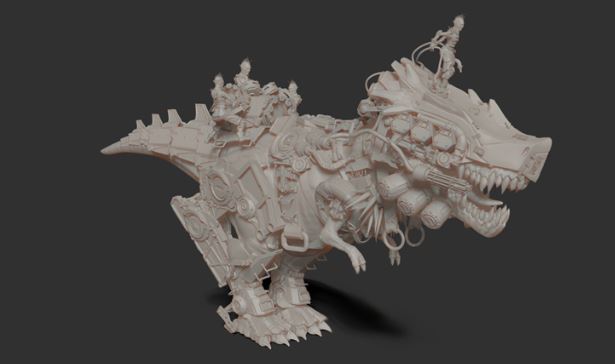
It’s 2020 and here at Teravision Games we’re celebrating our 14th year in the games industry. How have we managed to survive this long and still look good doing it? Why, what a great question – thank you for asking!
Our roots
Teravision Games started in Venezuela at a time when virtually nobody was making games in Venezuela, and just a handful of studios existed in all of Latin America. Our first project was a horse racing simulation and we tackled it more out of ignorance and passion than out of bravery or vision – I mean, how hard could it be to make video games, right?
The answer: Very hard. Which we quickly learned when we saw horses flying around our screens like a scene out of E.T., instead of running on the track as intended.
Following that key moment of granting horses the power of flight, we learned. We wised up. And we grew. We grew from 6 people to over 30 people in about a year and a half. We were doing great — and the sky was the limit.
We launched our first game in 2007 at Game Connection. It was called Lt. Fly vs the Spiders from Above. You can still play it here on Big Fish. We were (and still are) immensely proud of this game. Our first real foray into the games industry internationally resulted from showing that Flash game to a Disney representative. He liked the game so much that he hired us on the spot to make a game with one of their own IPs, Phineas and Ferb.
All of a sudden we were working with world-class IP and creating games left and right. It was like a dream come true.
Things start to go sideways
We made nine different web/Flash-based games for Disney, and then we started doing work with Namco, PBS and others. This was during the Big Fish era. We even made our own time management game, Gwen the Magic Nanny.It came out right when time management games weren’t a thing anymore. That was definitely one of the times where our crystal ball failed us.
From then on, things started to go sideways. We had grown too quickly and we learned that making games didn’t just have to do with creating the games themselves. It involved proper hiring processes, infrastructure, production oversight, legal protections, and HR – all of that fun stuff. We ended up six months behind on a critical project, and instead of asking for more time and money from our client, we ate the costs and it put us in a really bad spot as a studio. It took us a while to recover.
We also started to see the writing on the wall with respect to Venezuela. In 2010, I personally moved to Colombia and started to create a new team while also continuing to manage our Venezuela office. My partners and I did our best, but by 2017 we finally had to shut down our operations there. It was a very hard and very painful process, as most of the team members had been there since 2007. Three of those team members moved with us to our Colombia office, and the rest were let go. Everyone left the country within a month and we helped them land jobs elsewhere.
At this point we had already started to build ourselves back up again without making the same mistakes as before.
The location transformation
We regrew our studio in Colombia but eventually things stopped progressing as quickly as they had before. So in 2017, not only did we close our Venezuela office but we decided we needed a U.S. presence to hit the next level in our studio’s growth.
We weren’t dying, but we weren’t thriving. We were the Walking Dead. We had enough money to pay bills and salaries but we weren’t working on projects we felt passionate about.
At this point, we had worked on over 80 titles that were either mobile or web-based, and primarily involved children’s IP.
We were collectively developing a Dora the Explorer game and a Care Bears game by day, and then playing Dark Souls by night. It was my responsibility to bring the right opportunities to the table.
We knew we had to make some deep strategic changes. One involved me moving to the United States, and the other was to make this scary decision: No more web games, no more mobile games, no more children’s IP games. Everything moving forward would be primarily in Unreal, engine-wise, and primarily for PC and console systems. At the same time, we moved away from fixed scope projects (i.e. projects in which we were asked “how much will it cost to do X and Y and how long will it take?”) to staff augmentation (i.e. the client pays for a dedicated team, not a specific output). All of these factors helped us move forward in a big way.
Then the mindset transformation
With our scary decisions being made on the future of our company (and my family too, having relocated to the US), we began work on Neon Fury. Thanks to a grant from the Colombian government, we were able to create a very contained VR game with a small scope but with very high production value.
Everything changed.
It was our Tesla roadster – it wasn’t necessarily about selling cars, but instead showing the world that an electric car can be fast and bad-ass. Neon Fury helped us get moving in this direction. We got to show that WE could be fast and bad-ass.
It changed our way of looking at games, and our processes and production values too. For example, art assets in mobile are 10 pixels so you create a car and you don’t have to think too much about the details of that car.
Jose, our Art Director, helped create some of the art to make a vehicle in Neon Fury. And Jose was like, what’s the function of this thing? How do the doors open? How does the trunk open? What happens when it moves? And our art team was like, what? We’ve never thought about these things before. Why would anyone need to think about these details?
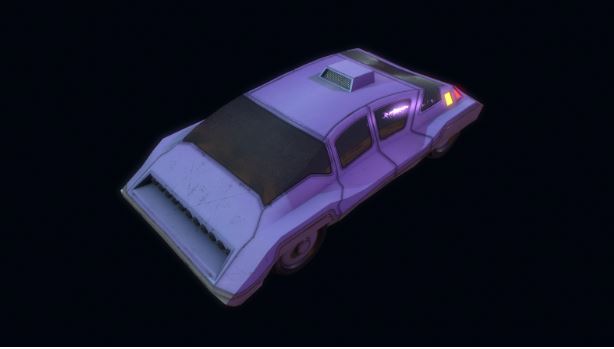

We had to go through a mindset transformation. Now we know that each asset requires a lot more attention to detail and we plan accordingly. Our processes and infrastructure are more mature and structured, which has provided the ideal environment for our super talented and creative team to produce the best results we’ve ever had.
Of course none of this happened overnight, and it took a lot of blood and sweat and tears, but it was totally worth it.
I’ll write more soon about what all of these transformations mean for Teravision Games and where we’re heading in the future!

